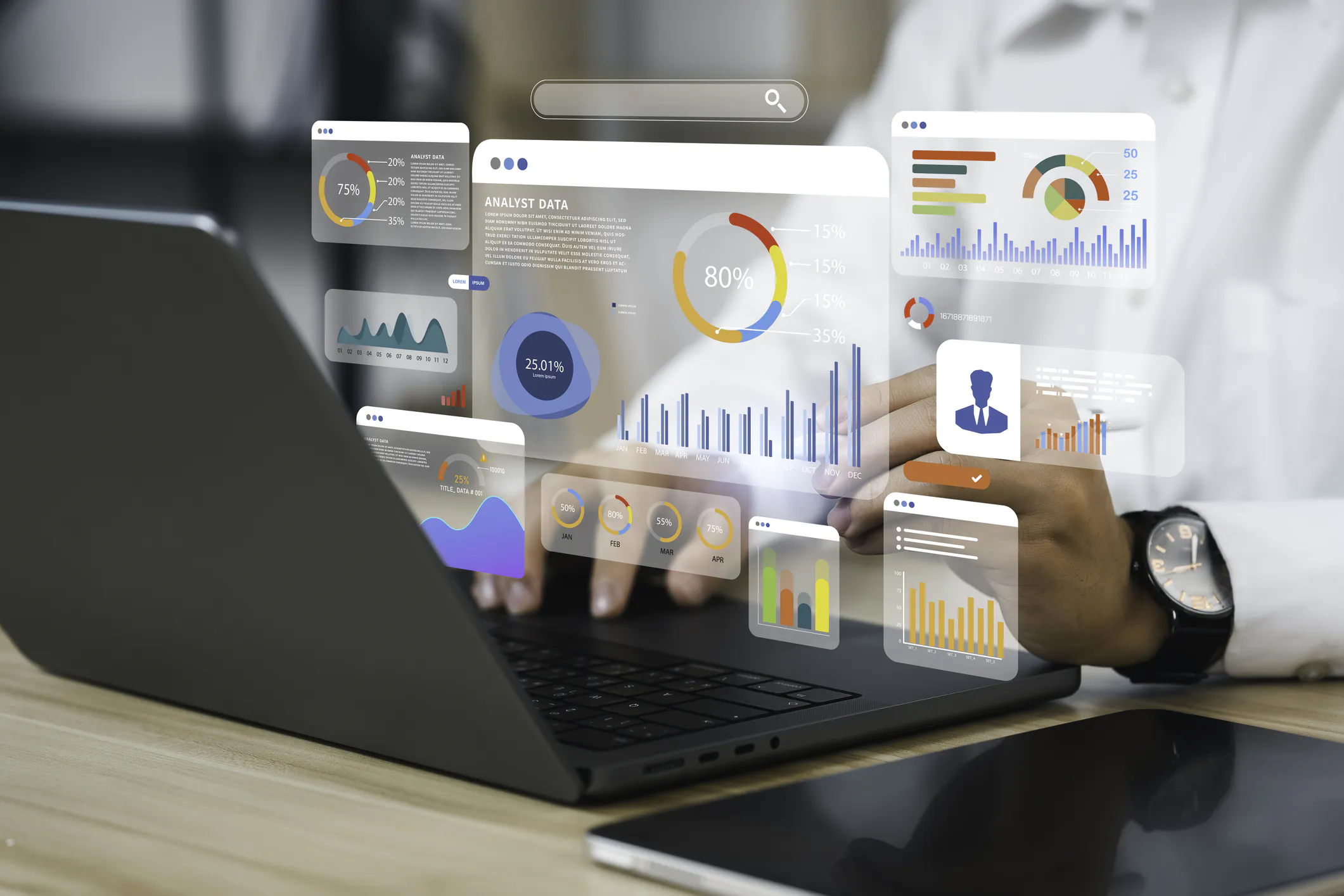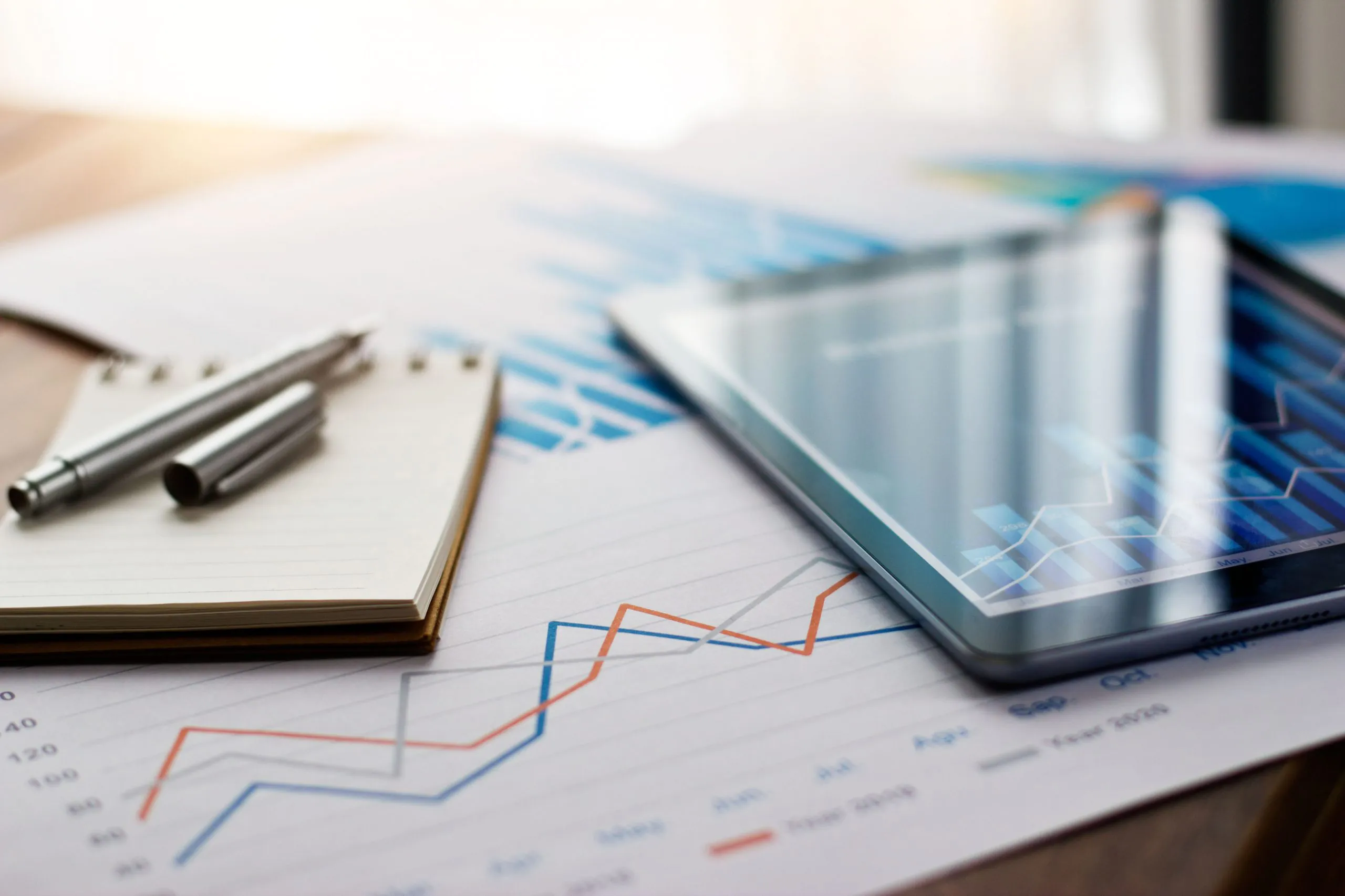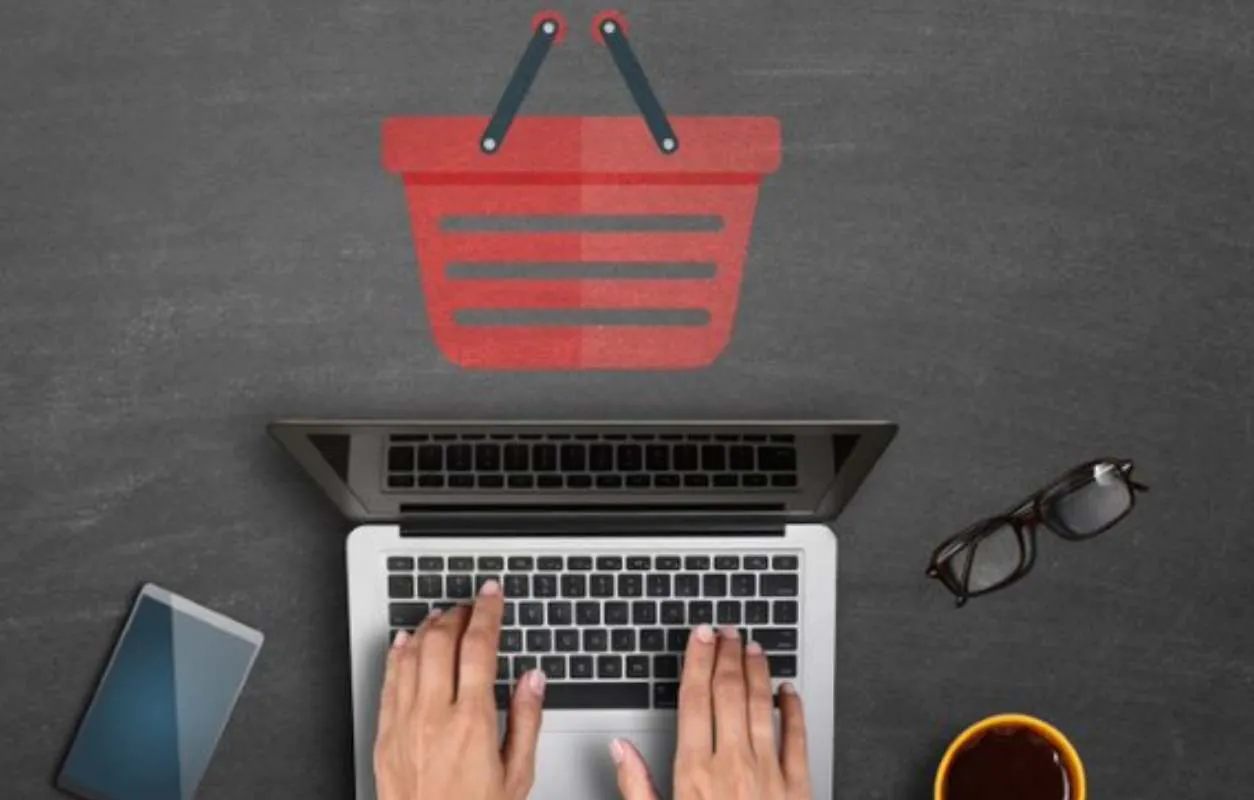Key Performance Indicators (KPIs) and retail store metrics are essential tools to evaluate and monitor the success of key areas within retail operations. These metrics provide valuable insights into various aspects of a retail business, including sales performance, customer behavior, inventory management, employee productivity, and overall operational efficiency. By analyzing KPIs and retail store metrics, retailers can identify trends, assess performance against goals, and understand areas of improvement. This data-driven approach allows businesses to make well-informed decisions, refine their strategies, optimize operations, enhance forecasting accuracy, and ultimately drive growth. In a rapidly evolving retail landscape, leveraging these metrics effectively is crucial to stay competitive and achieve long-term success.
What Are Retail Store Metrics?
Retail store metrics are key performance indicators (KPIs) that provide insights into how well a retail store is performing across various aspects of its operations. These metrics help retailers measure, analyze, and improve the effectiveness of their business strategies and day-to-day activities. Retail store metrics can cover a broad range of areas, including sales, customer behavior, inventory levels, employee performance, and operational efficiency.
Common examples of retail store metrics include:
-
Sales Performance TrackingTrack revenue, average transaction value, and sales per square foot to identify top-selling products and peak shopping times. Optimize pricing and product placement to increase profitability.
-
Customer Behavior InsightsAnalyze foot traffic, conversion rate, and dwell time to understand shopper patterns. Use this data to optimize store layouts, marketing, and the overall shopping experience.
-
Inventory Management EfficiencyMonitor stock turnover and stockouts to maintain a balanced inventory. Reduce overstocking and understocking while ensuring products are available when customers need them.
-
Employee Productivity MonitoringAssess sales per employee and labor costs to optimize staffing and workforce management. Enhance employee training and improve customer service for greater store efficiency.
-
Operational Efficiency EvaluationMeasure average transaction time and checkout speed to identify operational bottlenecks. Streamline processes to reduce wait times and improve overall store performance and satisfaction.
By regularly tracking and analyzing these retail store metrics, retailers can make data-driven decisions, improve operational efficiency, enhance the customer experience, and ultimately boost profitability.
Importance of Retail Store Metrics
Retail store metrics are essential for evaluating performance and identifying areas for improvement across various aspects of a retail business. By leveraging these metrics, retailers can optimize operations, enhance customer experiences, and drive profitability.
Advantages of Retail Store Metrics
- Improved Decision-Making
Retail store metrics provide data-driven insights, enabling retailers to make informed decisions. These metrics help identify trends, optimize strategies, and enhance operational efficiency, ultimately contributing to more successful business outcomes. - Enhanced Customer Experience
By analyzing customer behavior metrics, retailers can refine store layouts, improve product placement, and offer personalized marketing. This leads to a better shopping experience, higher customer satisfaction, and increased loyalty. - Better Inventory Management
Tracking inventory metrics helps retailers maintain optimal stock levels, reduce overstocking and understocking, and improve product availability. This leads to cost savings and ensures that customers find what they need. - Optimized Workforce Efficiency
Employee performance metrics allow retailers to optimize staffing levels and improve labor management. By identifying productivity trends, retailers can make staffing adjustments, improve training, and enhance overall store efficiency. - Increased Profitability
Retail metrics like sales per square foot and transaction value provide insights into revenue streams. By identifying high-performing products and store areas, retailers can increase profitability through strategic decisions, promotions, and pricing adjustments.
Disadvantages of Retail Store Metrics
- Data Overload
Retailers may become overwhelmed by the sheer volume of data from multiple metrics. Without proper analysis, this data can lead to confusion and poor decision-making, rather than actionable insights. - Inaccuracy Risks
If the data collected is inaccurate or improperly tracked, it can lead to flawed conclusions. Incorrect sales figures or inventory counts can result in costly mistakes, negatively affecting store operations. - High Implementation Costs
Setting up robust tracking systems for retail metrics can be expensive, especially for smaller businesses. The initial cost of software, hardware, and training can strain resources, making it difficult for some retailers to adopt. - Short-Term Focus
Retail store metrics can sometimes emphasize short-term goals, such as immediate sales increases, over long-term strategy. This could lead to decisions that benefit the business in the short run but hurt its sustainability. - Over-Reliance on Data
An excessive reliance on data-driven metrics can cause retailers to overlook qualitative factors like brand reputation or customer emotions. Balancing data with intuition and market trends is essential for sustainable growth.
Strategies for Effectively Using Retail Store Metrics
To maximize the impact of retail store metrics, retailers need to implement strategies that allow them to gather, analyze, and act on the data effectively. Here are some key strategies:
By applying these strategies, retailers can ensure they are using store metrics not just for tracking performance, but for driving meaningful changes and sustained business growth.
Applications of Retail Store Metrics
Retail store metrics have wide-ranging applications that directly impact day-to-day operations and long-term strategy. One of the primary uses is in optimizing inventory management. By tracking metrics like stock turnover and inventory levels, retailers can maintain optimal stock, avoid overstocking or stockouts, and reduce carrying costs. This ensures that products are available when customers need them while keeping inventory costs in check.
Another key application is in customer behavior analysis. Retailers can monitor metrics such as foot traffic, conversion rates, and dwell time to gain insights into shopping patterns. These metrics help optimize store layouts, promotional displays, and product placements, ensuring that customers have a more enjoyable and seamless shopping experience, ultimately boosting sales and loyalty.
Retail store metrics also play a crucial role in improving employee performance. By tracking employee productivity metrics like sales per staff member and labor costs, retailers can identify areas where staff training or scheduling adjustments are needed. This ensures better utilization of human resources, increases team efficiency, and enhances customer service, all of which contribute to improved overall store performance.
How We Can Help
Our experts at Infiniti Research can help retailers maximize the potential of retail store metrics by offering advanced analytics solutions tailored to their specific needs. By providing customized dashboards, reporting tools, and predictive analytics, Infiniti Research allows retailers to gain deeper insights into critical KPIs, such as sales performance, inventory management, and customer behavior. These insights enable businesses to make data-driven decisions, optimize their strategies, and improve operational efficiency, ultimately driving growth and profitability.
What the Future Holds for Retail Store Metrics
The future of retail store metrics is bright, with advancements in technology paving the way for more sophisticated, real-time data analysis and decision-making. As artificial intelligence (AI) and machine learning continue to evolve, retailers will have access to even more powerful tools for predicting trends, personalizing customer experiences, and optimizing inventory management. Real-time, hyper-personalized insights will allow businesses to anticipate customer needs before they even arise, creating seamless and highly targeted shopping experiences both online and in-store.
Moreover, the integration of Internet of Things (IoT) devices and smart technologies will allow for the collection of even more granular data from every corner of a store. This will enable retailers to gain a deeper understanding of customer behaviors, optimize store layouts, and manage inventory in real time. As retail metrics become more interconnected and automated, the ability to make swift, data-backed decisions will be crucial in maintaining a competitive edge. In the future, retailers who embrace these innovations will be better positioned to drive growth, enhance efficiency, and exceed customer expectations.



